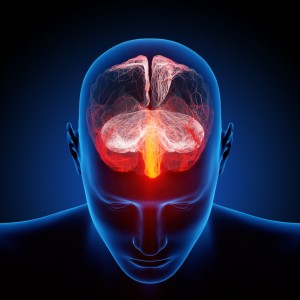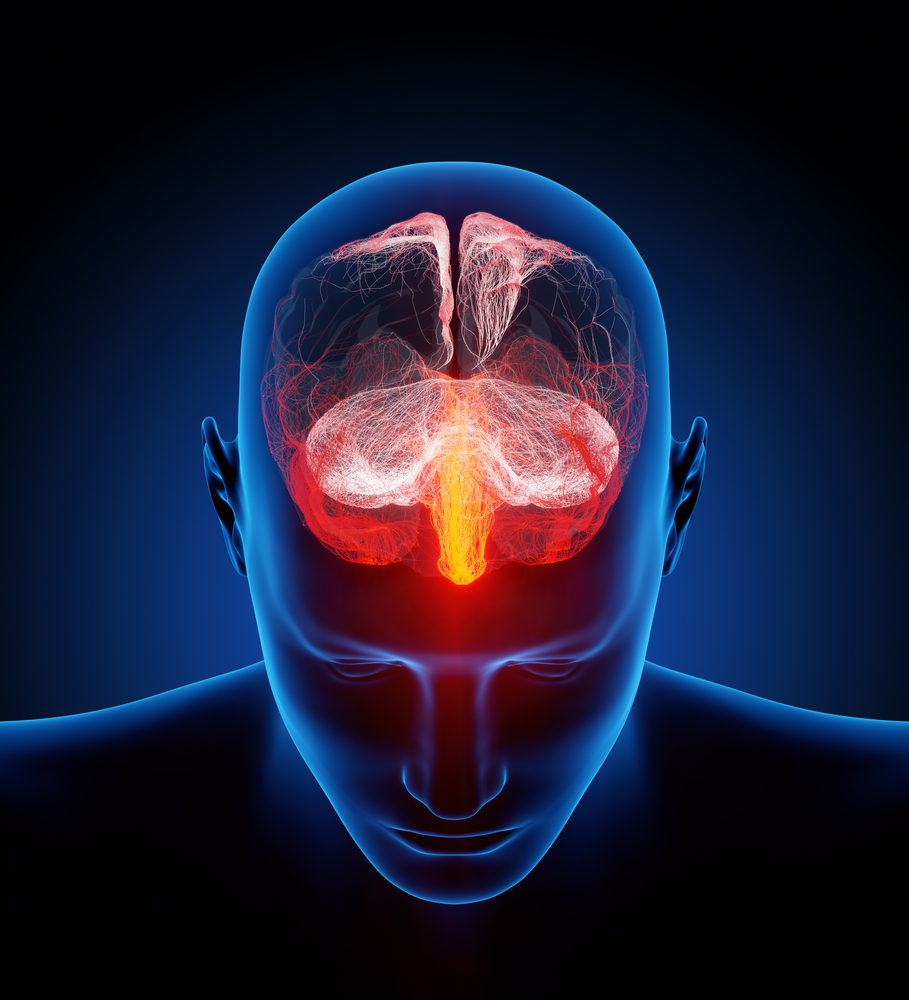 Researchers have found neuroprotective compounds that have the capacity to limit brain damage in cases of ischemia caused by stroke or other brain injuries that carry only minimal side effects. The study was led by Dr. Stephen Traynelis from Emory University School of Medicine and the results were published in Neuron journal.
Researchers have found neuroprotective compounds that have the capacity to limit brain damage in cases of ischemia caused by stroke or other brain injuries that carry only minimal side effects. The study was led by Dr. Stephen Traynelis from Emory University School of Medicine and the results were published in Neuron journal.
During the 1990s, neuroscientists identified a category of drugs that showed promise for stroke treatment. Through studies in animal models, researchers found that NMDA receptor antagonists had the potential to limit damage caused to the brain in stroke situations. However, common drug side effects included hallucinations and disorientation, which made testing in clinical settings much harder.
“These compounds are most active when the pH is lowered by biochemical processes associated with injury of the surrounding tissue. This is a proof of concept study that shows this mechanism of action could potentially be exploited clinically in several conditions, such as stroke, traumatic brain injury and subarachnoid hemorrhage,” explained Dr. Stephen Traynelis, the study’s senior author.
A compound called 93-31, a NMDA receptor antagonist, was found to reduce the volume of damage caused in brain tissue by more than 50 percent. Additionally, mice who received 93-31 did not suffer common side effects observed with other NMDA receptor antagonists.
NMDA receptors exist in abundance on the surface of brain cells and play crucial roles in healthy processes like the formation of memories. Phencyclidine and ketamine are drugs that act as NMDA receptor antagonists and have the ability to block all sub-types of NMDA receptors which is thought to emphasize their psychoactive co-lateral effects.
The research team discovered a connection between acidity and brain injury, leading them to identify these new pH-dependent drugs. They found that the doses of 93-31 causing a positive effect in models mimicking stroke did not seem to damage motor function or coordination. According to Barney Koszalka from NeurOp, a pharmaceutical company involved in the project, the pharmaceutical profile of 93-31 might not be the most favorable for further clinical development, and the company is trying to develop a related candidate that might be suited for human studies.
“We are taking an analogue of the compound identified in the Neuron paper forward as a post-surgical treatment for individuals that have suffered a subarachnoid hemorrhage. The pH boost we see with this series of subunit specific NMDA modulators is expected to provide an additional safety advantage,” concluded Dr. Koszalka in a press release.


